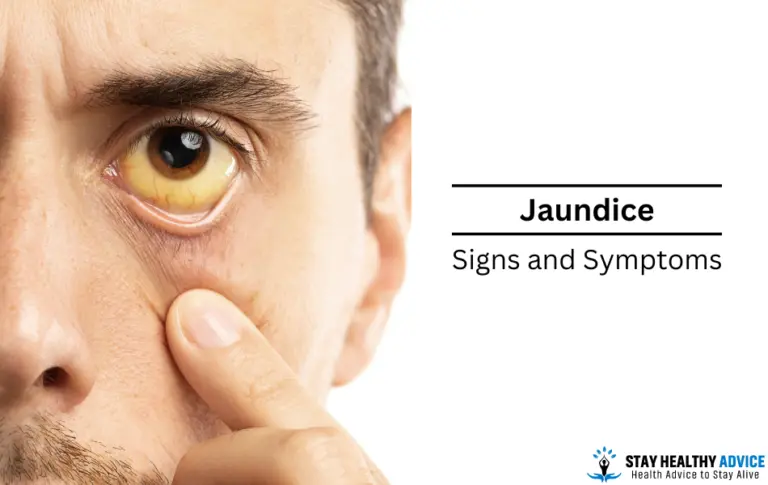
Often, the individual might not have signs of jaundice, and the problem may be discovered inadvertently. The intensity of symptoms relies on the underlying reasons and how rapidly or gradually the illness develops.
If you have a temporary instance of jaundice (usually brought on by infection), you may have the following symptoms and indicators:
- High temperature
- Cools
- Abdominal pain
- Flu-like signs
- Change in skin colour
- Dark-colored pee and/or clay-colored stool
If jaundice isn’t triggered by an infection, you might have signs such as fat burning or scratchy skin (pruritus). If the jaundice is triggered by pancreatic or biliary tract cancers, one of the most common signs and symptoms is abdominal pain. In some cases, you may have jaundice occurring with liver illness if you have:
- Persistent hepatitis or swelling of the liver
- Pyoderma gangrenosum (a sort of skin disease)
- Intense liver disease A, B or C
- Polyarthralgias (swelling of the joints)
Commonly, the obvious yellow or orange colouring of jaundice first shows up on an infant’s face, after that, it migrates down the body to the breast, abdominal area, arms, and legs. The whites of the eyes [what causes of yellow eyes] can likewise take on a yellowish tone. Check-in babies that require a same-day browse through to the medical professional include:
- Very yellow or orange skin colour
- Extreme fussiness
- Problem getting up
- Not sleeping
- Poor feeding
- Restricted damp or dirty diapers
If your baby exhibits any of the following signs, look for emergency clinical aid:
- Heartbroken or shrill sobbing
- Curving their body like a bow
- Stiff, limp, or floppy body
- Uncommon eye movements
What are the Symptoms of Jaundice?
Jaundice triggers your skin and the whites of your eyes to show up yellow. These include:
- itchiness
- dark urine
- light stools
- anorexia nervosa
- weight management
- high temperature
- psychological changes such as exhaustion or complication
- abdominal pain